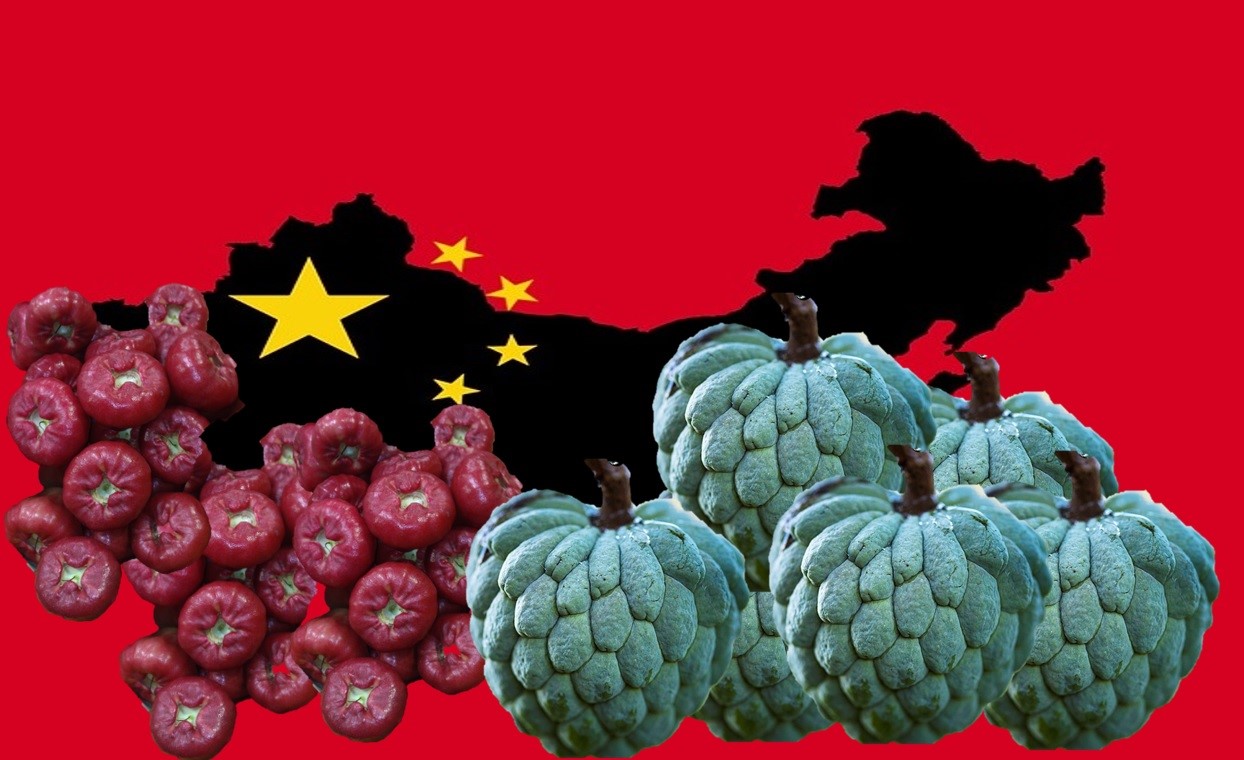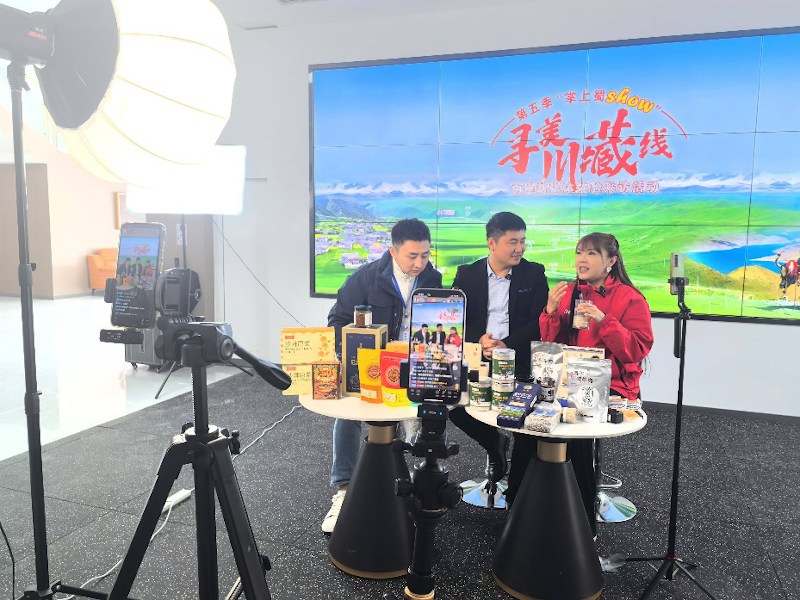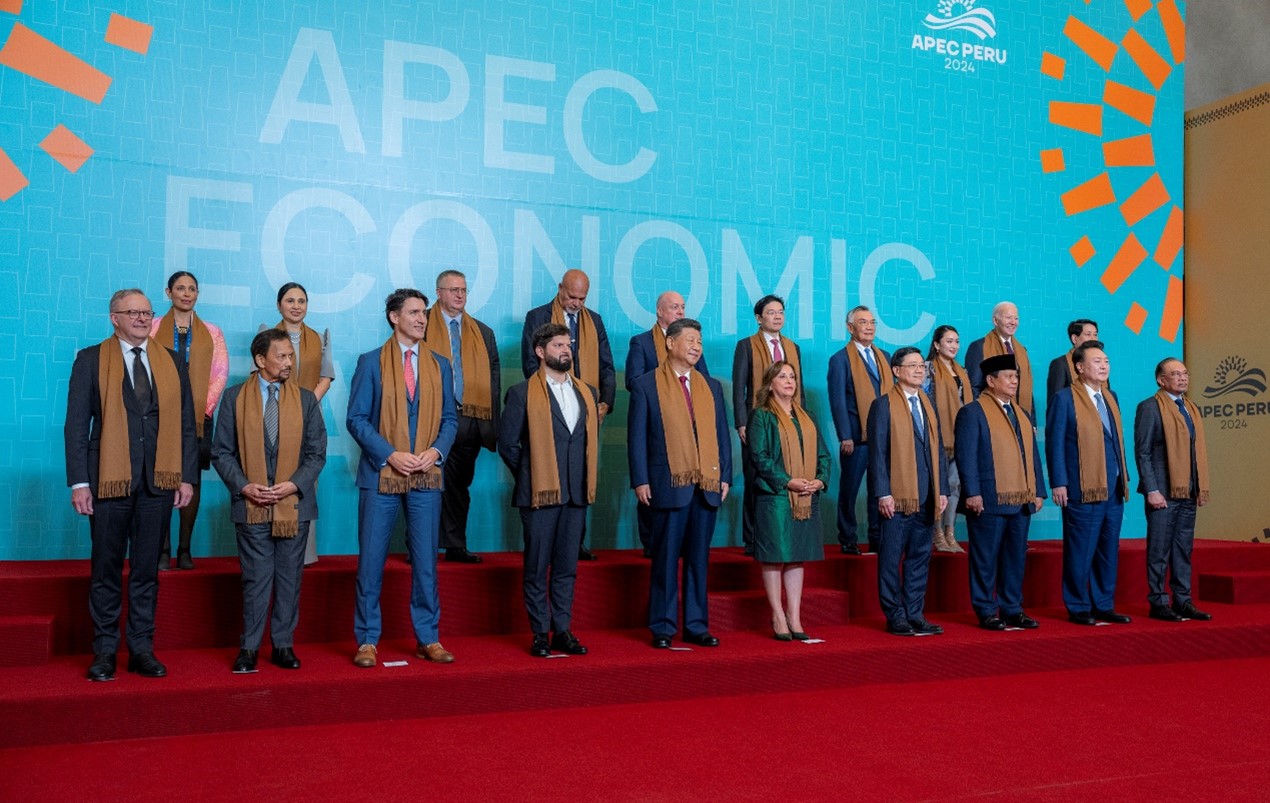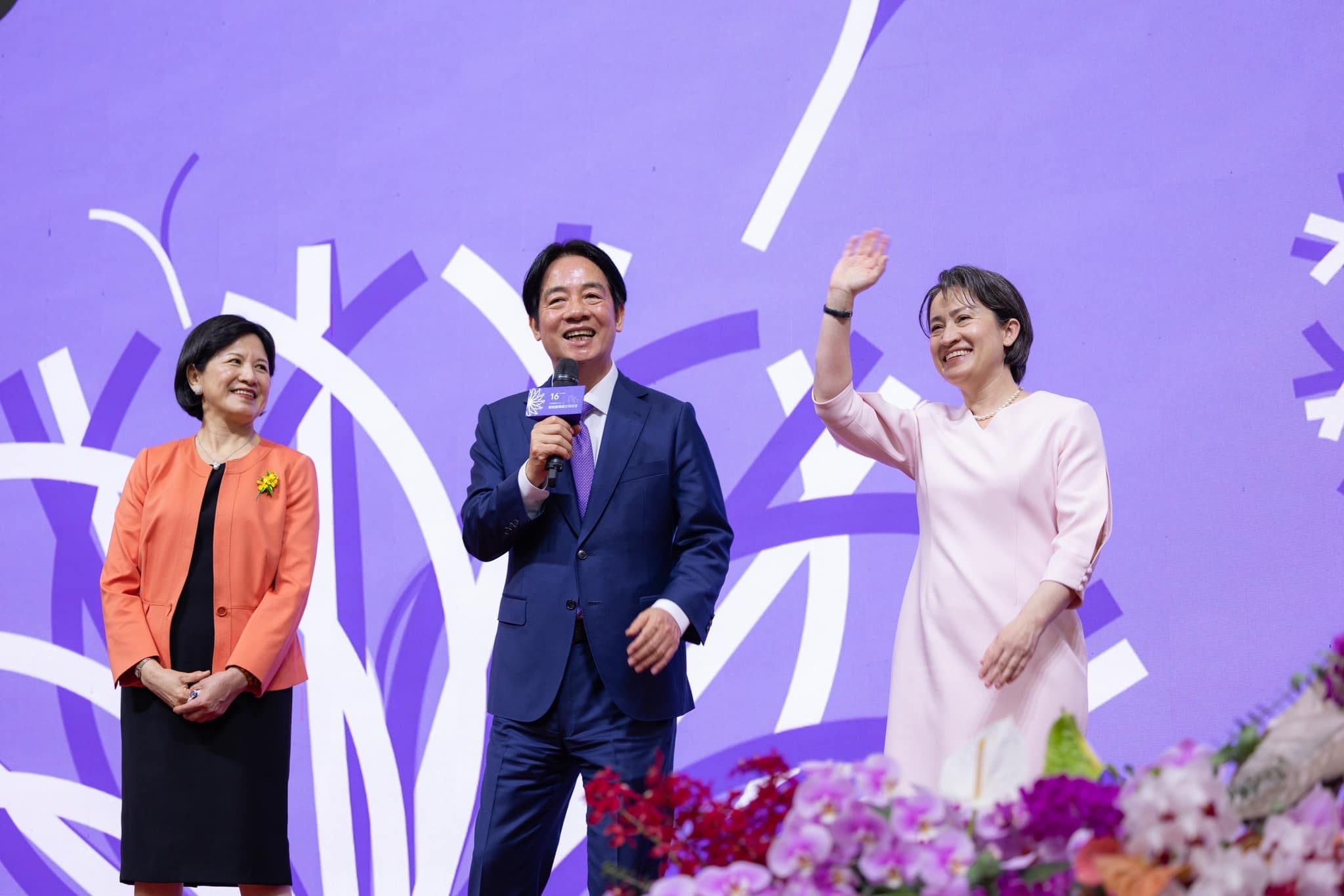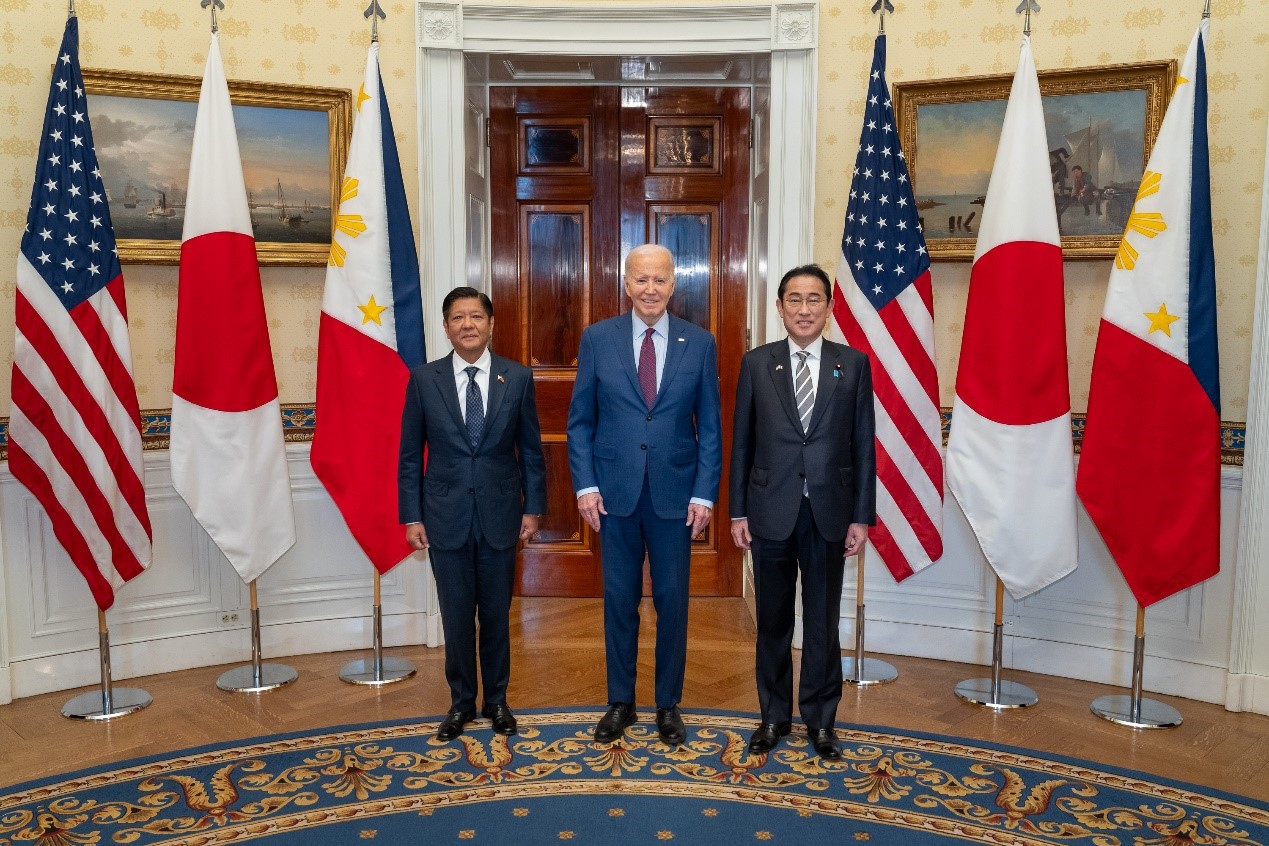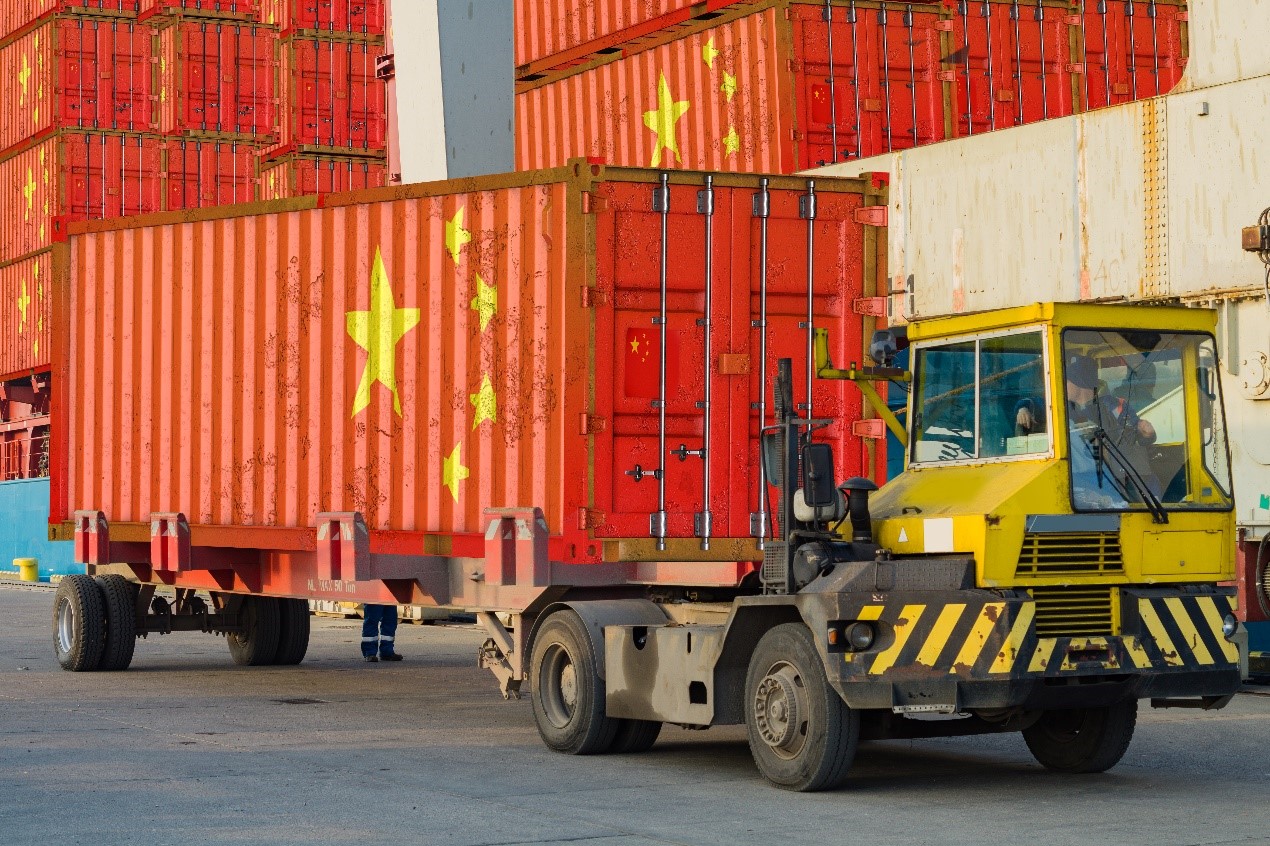Following the import ban on Taiwanese pineapples on March 1 this year, China announced another ban on sugar apple and wax apple from Taiwan. China’s actions to restrict imports are loud reminders of the vulnerability that this “export dependence” causes for these agricultural products.
Taiwan’s Countermeasures Against China’s Ban on Fruit Imports
By Huai-shing Yen
October 12, 2021
Following the import ban on Taiwanese pineapples on March 1 this year, China’s General Administration of Customs announced another ban on sugar apple and wax apple from Taiwan, all on grounds that citrus mealybugs had been detected in a number of shipments earlier this year.Before the restrictions, China was the destination for more than 90% of Taiwanese exports of pineapple, sugar apple and wax apple. In particular, one-quarter of the sugar wax harvest was usually bound for the Chinese market. This high concentration structure makes it certain that the import restrictions will have a commercial impact on relevant farmers in Taiwan. As such, China’s actions to restrict imports are loud reminders of the vulnerability that this “export dependence” causes for these agricultural products.
Remedies Under the WTO Regime
Taiwan’s government is aware of such vulnerability issues and has been exploring alternative markets with the aim of reducing Taiwan’s reliance on the Chinese market. On the other hand, Taiwan is (and should be) seeking remedies at the WTO to defend Taiwan itself and farmers’ interests. The remedies provided in the WTO regime include raising “Specific Trade Concern” (STC) on Chinese bans before the WTO’s sanitary and phytosanitary (SPS) committee, and bringing the case against China under the WTO dispute settlement mechanism.
The STC mechanism is designed to reduce formal dispute litigations under the WTO dispute settlement by offering the SPS Committee the opportunity to work towards easing trade tensions and preventing further escalation into trade disputes through consultations. As revealed in recent WTO data, in the period from 2012 to June 30, 2021, WTO members have tabled more than 300 STCs, addressing different SPS measures that are still in place before the SPS Committee; among them, 10 STCs were raised against Chinese SPS measures.
The Taiwanese government has indicated plans to raise the STC request regarding the recent Chinese import ban on Taiwanese fruit, and such action is a demonstration that Taiwan intends to explore mutually agreeable solutions with China on these trade-related conflicts. It is of note, however, that the STC is a voluntary process, meaning that China is not obliged to enter consultations or negotiations with Taiwan. There is therefore no guarantee that Taiwan will receive a positive response from China in this regard. It is nonetheless an appropriate starting point in finding resolutions.
Without satisfactory results through the STC process, or with the view of accelerating the path to resolution, Taiwan could decide to pursue the litigation approach by tackling issues surrounding the Chinese ban through WTO dispute settlement procedures (according to WTO rules, a resolution from STC discussions is not a precondition for initiating dispute settlement procedures). A WTO dispute begins with a formal request for consultations. As a complainant, Taiwan can only move to the next stage, which involves a request for the establishment of a panel, if no response is received from China within 10 days of the consultation request, no consultation has taken place within 30 days, or no mutual agreement is concluded after 60 days from the request.
Although the WTO rules set out tight timeframes for each stage of the litigation process, it appears that time-overdue is common in actual WTO dispute practices due to the complexity of the cases. In recent years, the timeframes between the establishment of panel and the availability of a decision (i.e., the circulation of the panel report to the public) in the 10 most recent WTO cases ranged from 365 to 1,117 days. WTO dispute settlement procedures take time, so those are not the most appropriate tools to produce an immediate cure for fruit farmers. Rather, it is a way to demonstrate that Taiwan is willing to take all actions to defend its rightful interests, and to limit the possibility that China will abuse its purchasing power in future.
Reforming Export Structures to Enhance Resilience
Overdependence on one market — particularly when that market is hostile and subject to political manipulation — is the main source of export vulnerability for any product. Trade policy remedies and tools are not designed to address the vulnerability issue. Therefore, market diversification is key to providing the most effective solutions. Several priority areas can facilitate market diversification.
1. Compete in Quality, Not in Price
Taiwan’s creativity and agricultural technology to cultivate fruit have earned Taiwan the title of “Kingdom of Fruit.” The advantage of Taiwanese fruit is the quality rather than the prices vis-à-vis competing products from other countries. Particularly when Taiwan exports vegetables and fruit to the ASEAN market, competing fruits coming from within the ASEAN area and trading partners such as China, Japan and Korea, usually enjoy lower or zero tariff under their trade agreements. Therefore, Taiwan has to pursue a marketing strategy that focuses on demonstrating the taste, quality, safety, and sustainability of Taiwanese fruits compared with others.
2. Integration of Local Government Resources to Promote Overseas Sales of Agricultural Products
While counties and cities in Taiwan may cultivate the same types of agricultural products, the relevant government resources for expanding exports may not be well- integrated locally. In order to avoid duplicating resources for the purpose of promoting overseas sales, it is recommended that overseas marketing strategies and work plans be integrated in a single coordinating agency. For example, Taiwanese fruits including mangoes, grapes, guavas, and lychees have substantial export potential to Singapore and Malaysia, and they are produced in the counties of Nantou, Chiayi, Tainan, Kaohsiung, and Yilan. Each local government has its own network and channels to promote their products to overseas markets, and in some cases this produces distortions in efficiency or even competition between different counties. It is therefore important to increase the integration of and coordination among Taiwan local governments’ marketing strategies and approaches to create synergy and avoid internal competition.
3. Participation in Economic Integration Such as CPTPP Matters
High tariffs are still one of the main trade barriers for Taiwanese agricultural products in the Japanese, South Korean and Southeast Asian markets. Accordingly, to tackle tariff obstacles, it is necessary for Taiwan to expand free-trade agreement coverage. The most likely opportunity at present is the application to join the Comprehensive and Progressive Agreement for Trans-Pacific Partnership (CPTPP). This would be a significant step because CPTPP members include countries such as Vietnam, Singapore, Japan, and Malaysia, which are all current and potential major markets for Taiwan’s vegetable products.
(Dr. Yen is Deputy Executive Director, Taiwan WTO and RTA Center, Chung-Hua Institution for Economic Research)


